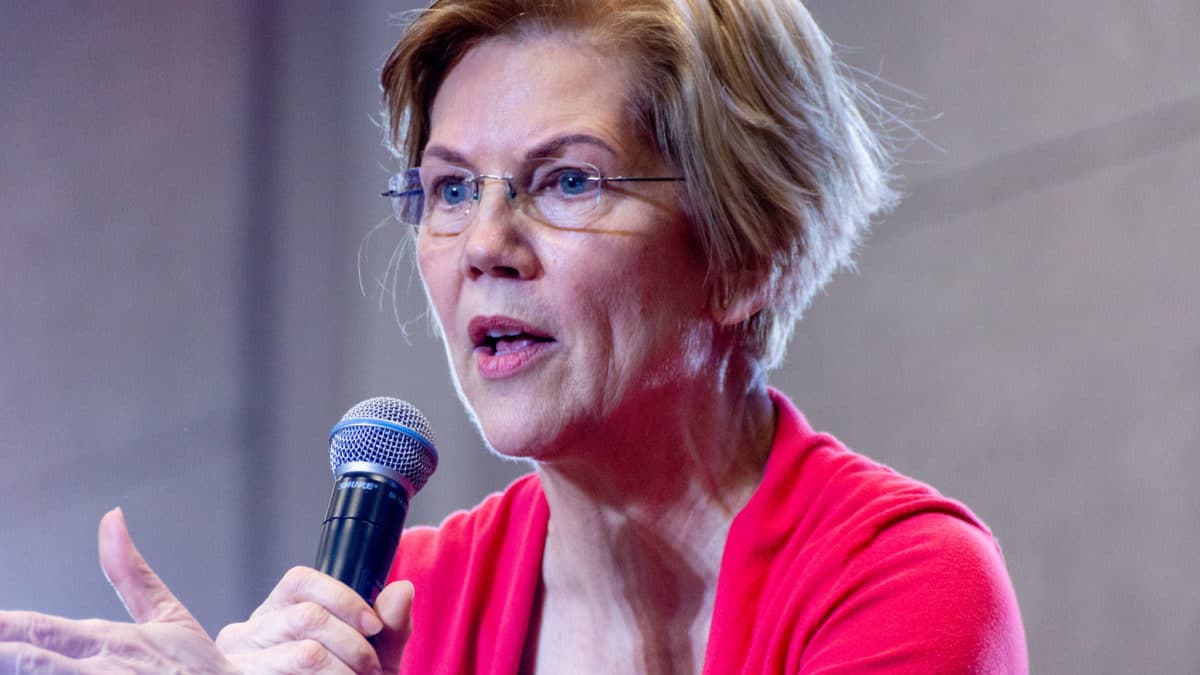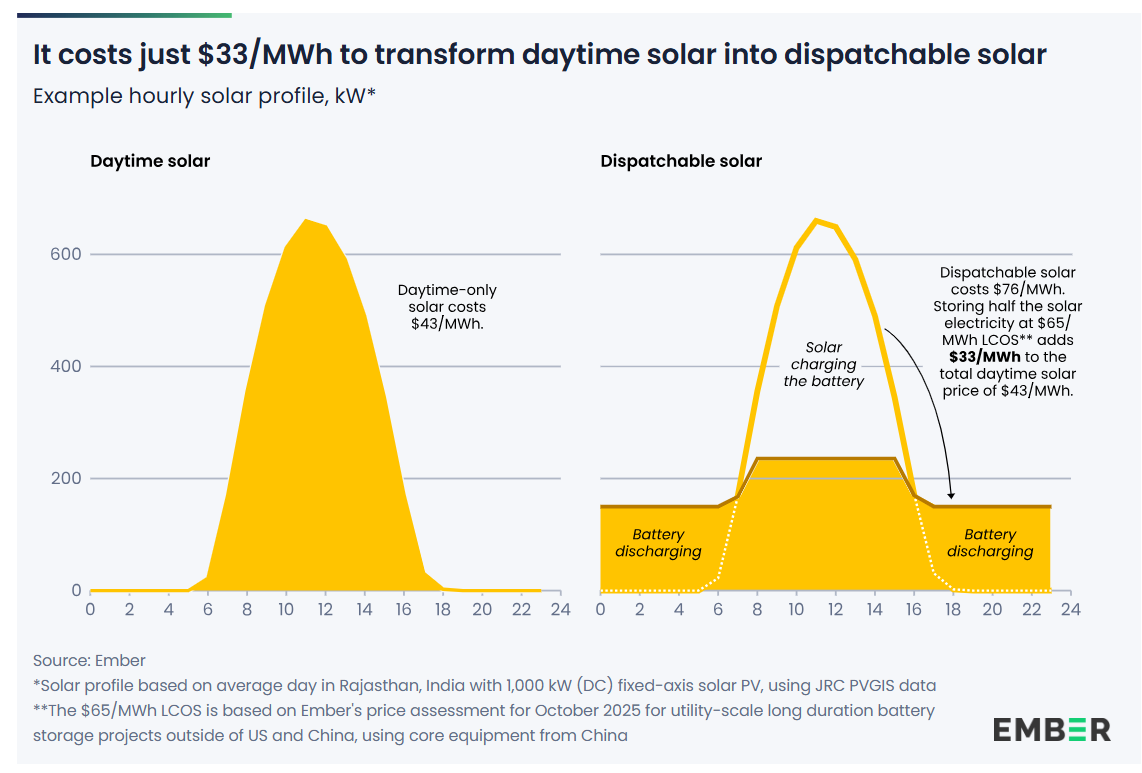It is still 21 months away, but pv magazine USA’s official coverage of the 2020 presidential election is already beginning, thanks to U.S. senator and presidential candidate Elizabeth Warren doing what she appears to do best: specific and detailed policy proposals.
A Medium post by Warren starts with a frontal assault on President Trump’s priorities for development of fossil fuel resources on public lands and waters, and she doesn’t hold anything back.
On my first day as president, I will sign an executive order that says no more drilling — a total moratorium on all new fossil fuel leases, including for drilling offshore and on public lands
But Warren also laid out a complementary vision for renewable energy development on these lands and waters, and it likewise isn’t a minor change. Warren says that she wants to increase the amount of solar, wind and geothermal generation on public lands and offshore waters 10x, from the roughly 11 GW that is currently there.
She says that her administration would strike a balance between ecology and development, by “prioritizing sites with low impact on local ecology but high potential for renewable energy generation” while also working to “expedite leases and incentivize development in existing designated areas”.
An old fight
If Warren does become president and pursues this policy, it is unclear how she will achieve the 10x increase. The Obama Administration established a series of Renewable Energy Zones on public lands, but when pv magazine last looked into the uptake of projects, we found a lack of interest by developers in the sites that were offered.
Warren will also be wading into an old fight between renewable energy developers and conservationists which went on in regulatory meetings and courtrooms, particularly when a number of large concentrating solar power plants were proposed for desert lands in the Southwestern desert earlier this decade.
And while it is not clear that court cases on their own blocked any of these projects (falling PV prices were a more likely culprit), the details of federal law under the National Environmental Policy Act give opponents of renewable energy projects an extra tool to stop projects on public lands, which they do not have on private lands.
Nor has this trend of local opposition to large projects on what are viewed as pristine, high-value lands ended. In a move that still does not rise to the level of the rampant NIMBYism in New England, California’s largest county has also moved to prohibit large-scale solar and wind projects on certain lands near rural communities, provided that these projects do not sell power to the communities that they are located near.
There is one aspect of Warren’s plan which could be key to addressing this. In her post, the senator proposes to share the royalties from renewable energy development with states and communities to “promote economic development”. This could not only wean them off the money that fossil fuels bring in, but could make locals and local governments more amenable to nearby renewable energy development.
This remains to be seen.
This content is protected by copyright and may not be reused. If you want to cooperate with us and would like to reuse some of our content, please contact: editors@pv-magazine.com.









It differentiates herself from Donald Trump and puts pressure on the other candidates to talk renewable energy.
It’s clear that the younger generations see the climate crisis is just that a crisis and if for some drastic measures you’re not implemented now their lives will be greatly impacted by the devastation of the planet